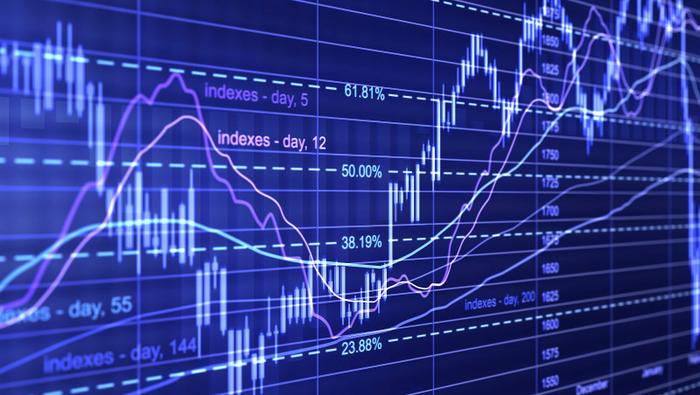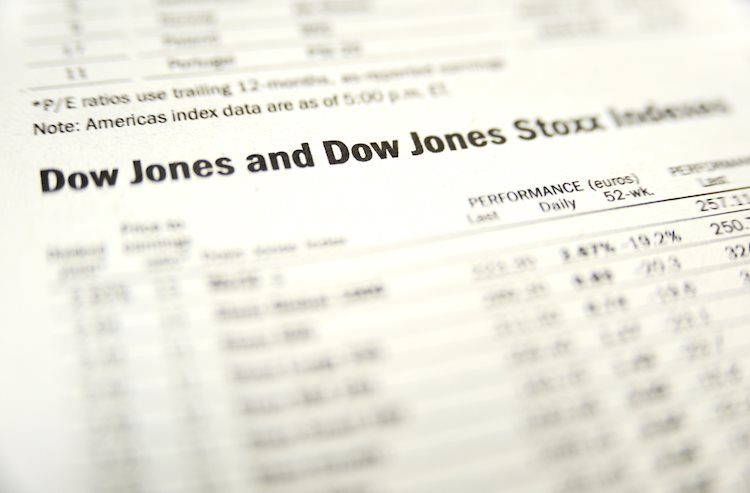My short AUD/CAD strategy in Q2 was based on US exceptionalism and the developing divergence between the BoC and the RBA. While the idea of US exceptionalism has faded, the topic of differing monetary policy is still worth keeping an eye on. The disparity appeared as the Bank of Canada curtailed its quantitative easing program while also signaling a rate hike for H2 2022. The RBA, on the other hand, has indicated that there will be no rate hikes before 2024. With the Bank of Canada’s tightening already priced into the currency, the AUD/CAD might be a catch-up trade in Q3, with solid Aussie data (particularly employment) prompting the RBA to move rate rise expectations forward. Meanwhile, I believe the US dollar will continue to rise from current levels. The consensus trade for the past year has been to short the dollar, as indicated by CFTC statistics indicating an increase in net short positions. The FOMC’s hawkish tilt, which now sees two rate hikes in 2023 from zero, shows that the central bank’s reaction function has changed, with the FOMC less inclined to let the economy run hot. Economic data will become more important in these circumstances, resulting in increased volatility in data releases. The Jackson Hole Symposium (which celebrates one year since the introduction of AIT) and the September monetary policy meeting are the key events to watch in terms of monetary policy. Given the extent of the net short USD position, an unwind might fuel a longer-term rally as we approach the Q3 taper signal. Furthermore, a boost in “demise of the dollar” reporting late in Q2 coincided with the greenback’s low point, suggesting that the pain trade is for a longer-term rise in the USD.
DailyFX delivers forex news and technical analysis on the global currency markets’ current developments.
DISCLOSURES/n





